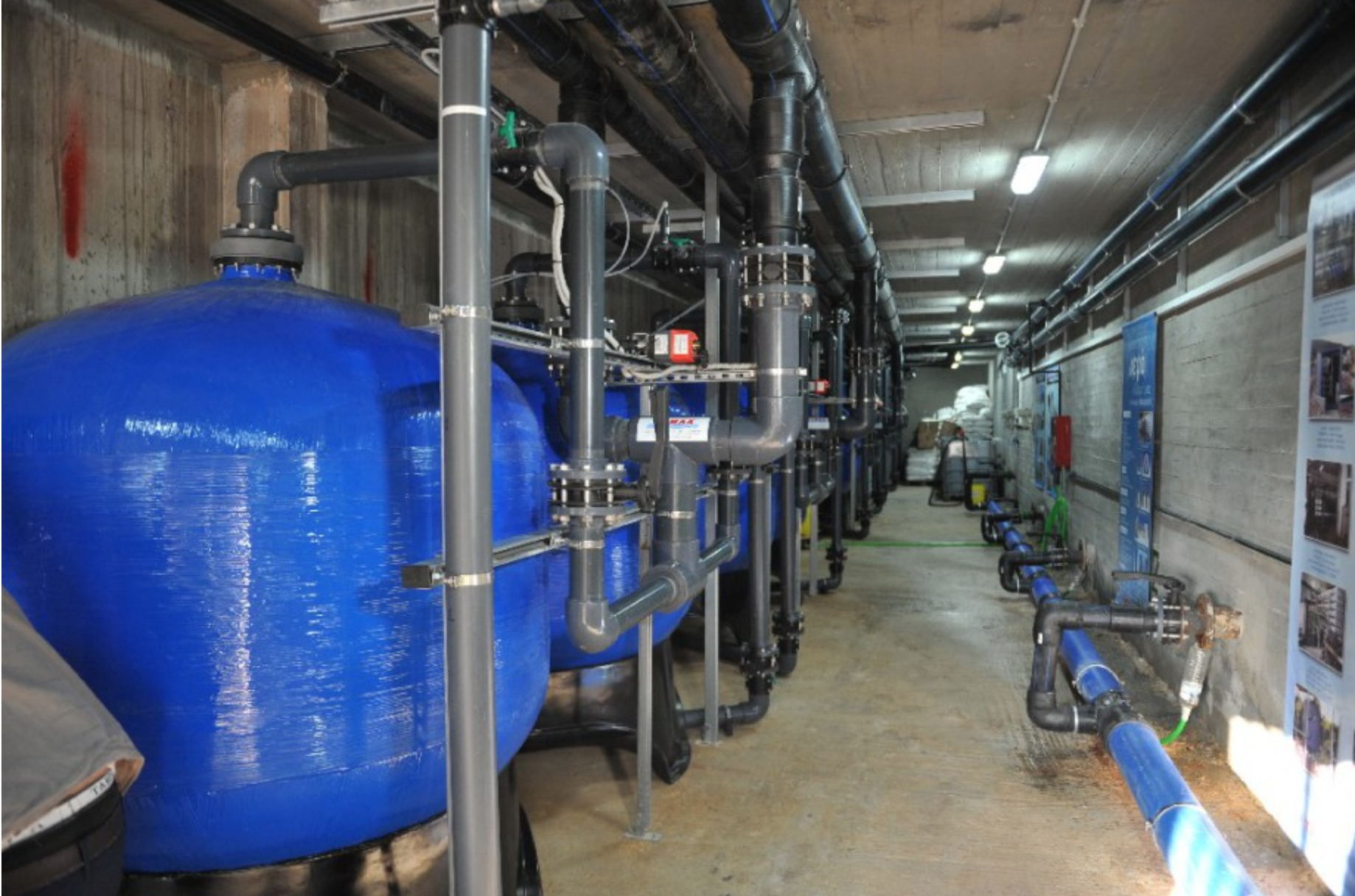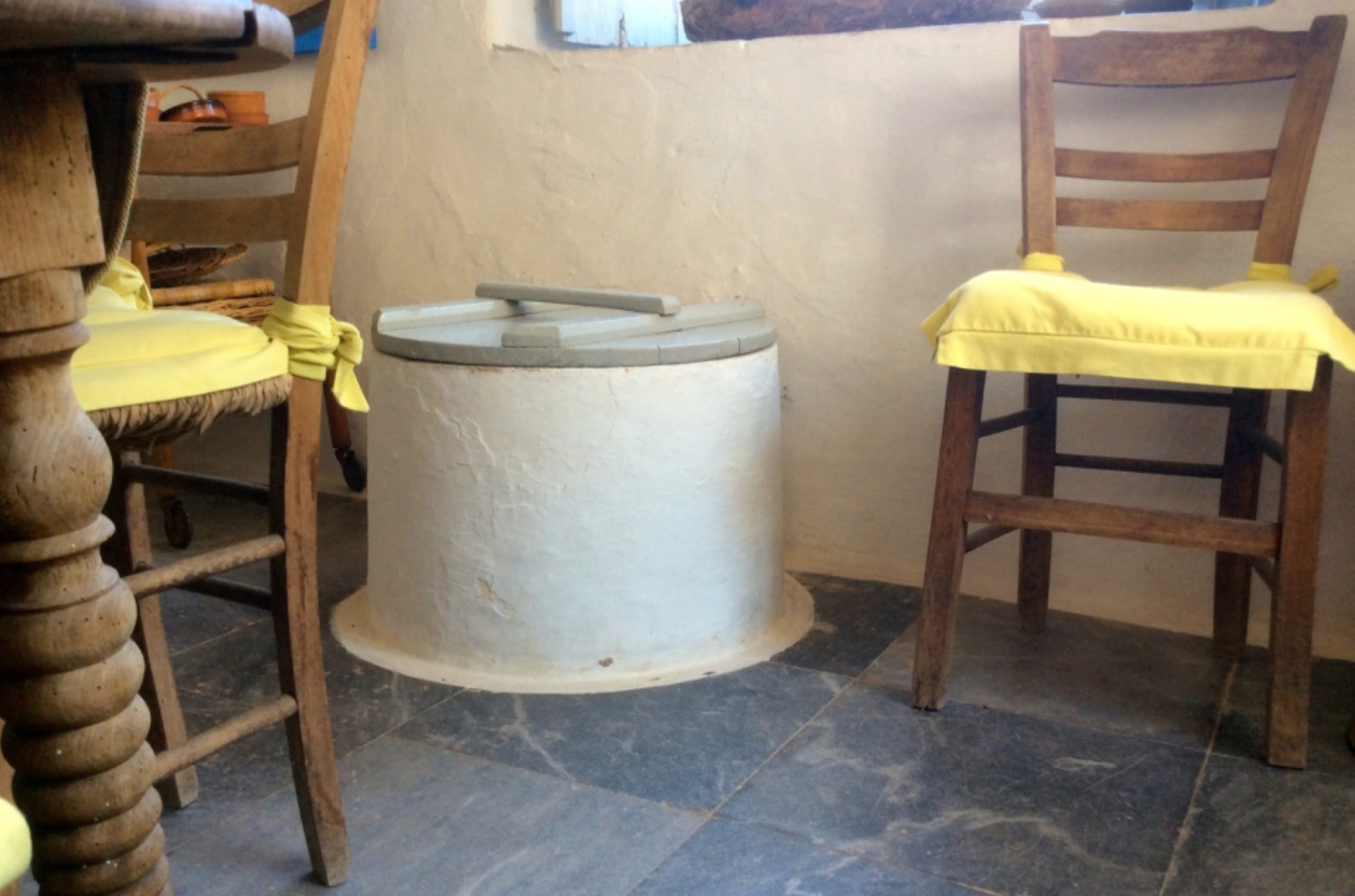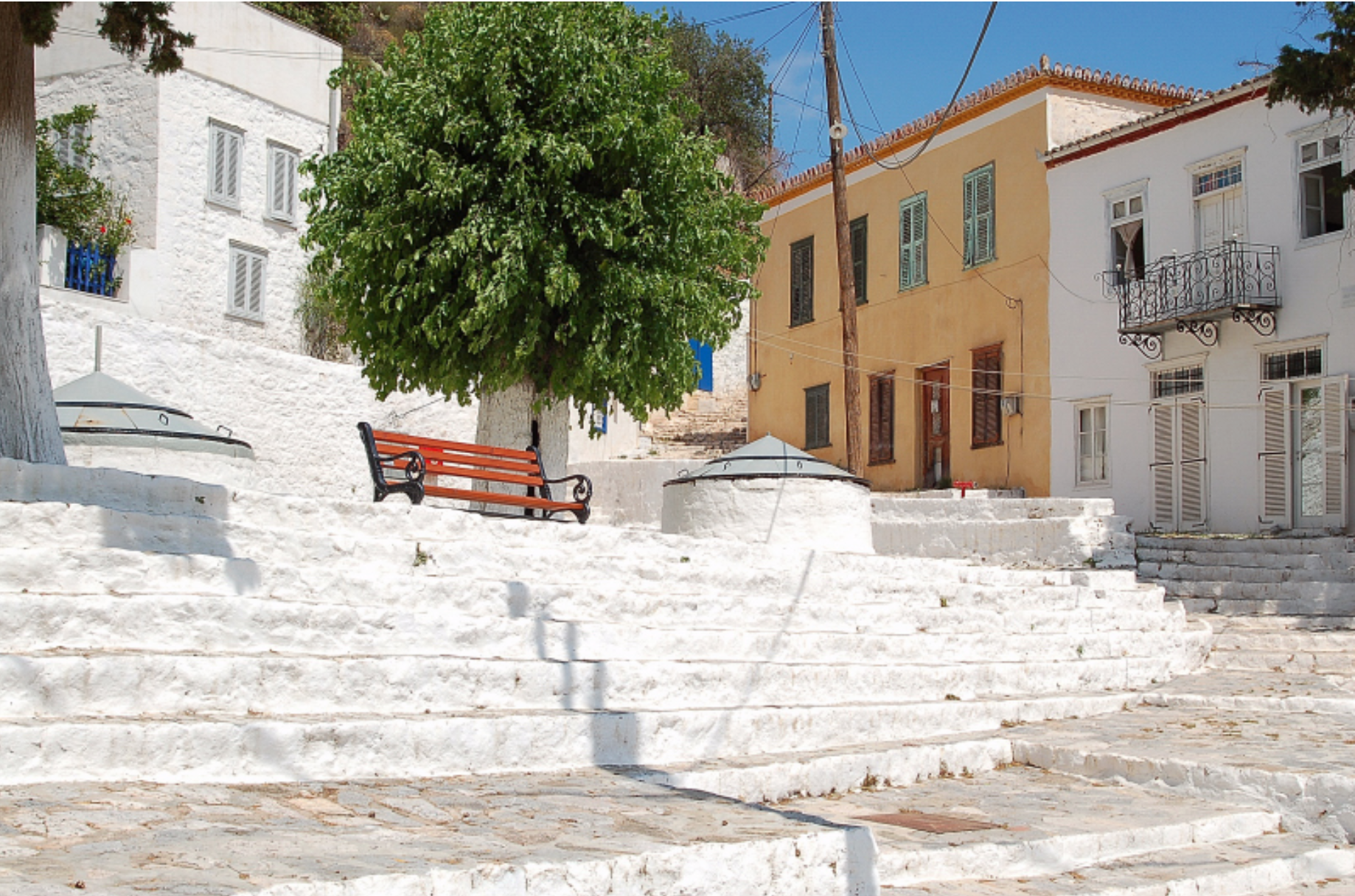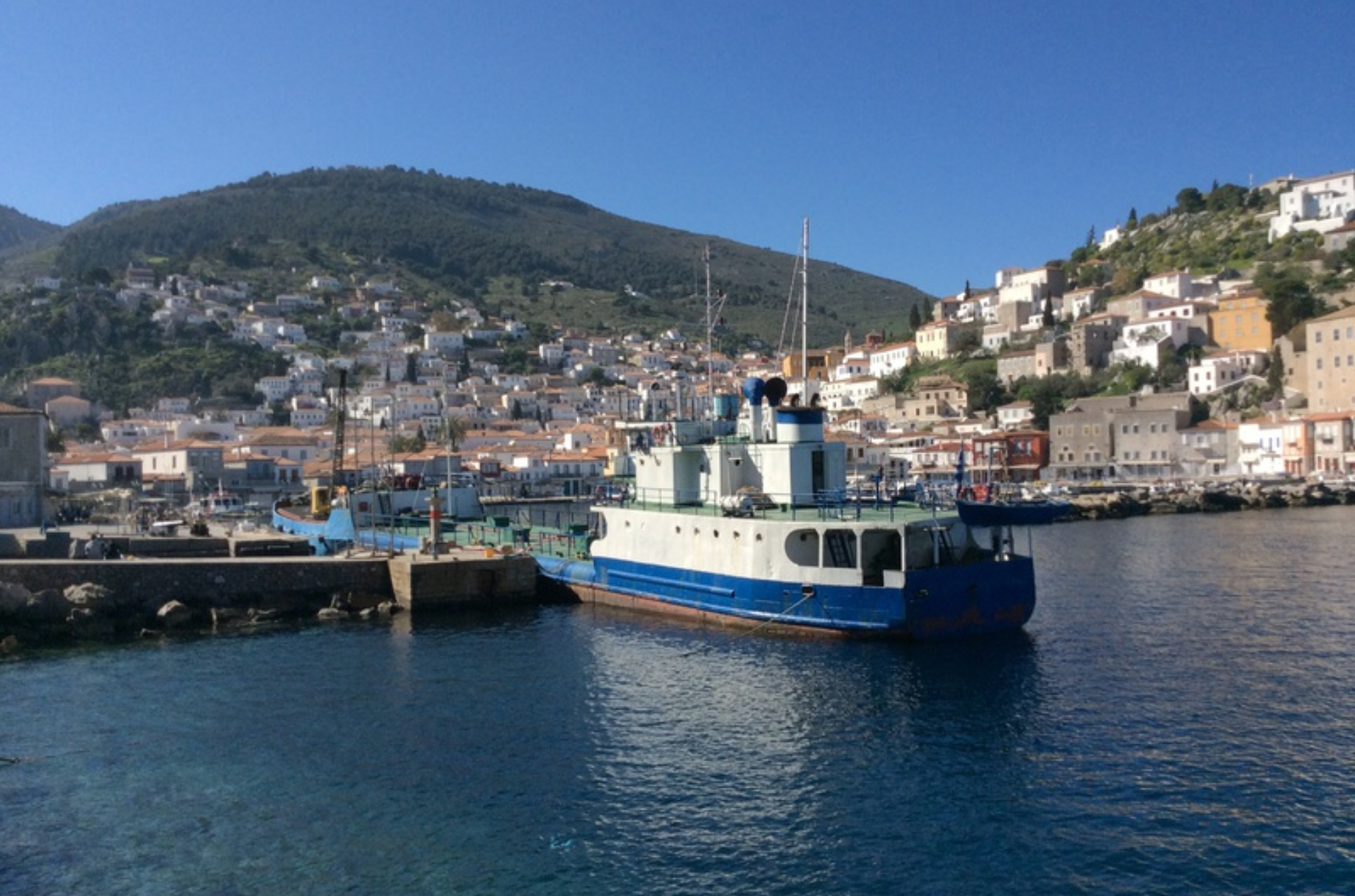Water Supply For Hydra Island Greece
Main Water Supplied Via Desalination Plant
Greek Philosopher Aristotle Thought Of It First
Back in the 4th century B.C., Aristotle imagined using successive filters to remove the salt from seawater
Along with much of the world, water quality and a shortage of drinkable water is a big concern on Hydra especially as the island doesn't have sufficient natural sources of fresh water to meet the needs of its population. Today, the Hydra solution is to supply desalinated water and well as importing approximately 3.5 - 4 million 1ltr bottles of drinking water that are consumed each year.
The Desalination Plant on Hydra is one of the first of its kind to have been opened on a Greek Island. The company who operate it is TEMAK. The desalination plant provides Hydra with 1600 cubic meters of drinkable water per day. The plant is situated in Mandraki and was opened in August 2014 when Mr Aggelos Kotronis (the Mayor of Hydra who commissioned the project) was honoured for his contribution to implementing the desalination plant.
Drinking Water
Desalinated water is safe to drink and on Hydra the water output reaches European standards required. The desalination plant takes sea water and processes it to remove the salt. Chlorine is added during the processing to kill bacteria and lime is added to counteract the effects of the chlorine.
Further Reseach information:
World Health Organisation 2011
On a personal note: While I am sure that it is safe to drink water from the tap, I prefer to only use it to boil for coffee/tea and to use for cooking. If I want to drink cold water, I still prefer to use bottled water. It's not that I don't trust desalinated water, more that I worry about contaminates from the many pipes used to get water from the plant in Mandraki to Hydra Town.
An Historical Insight
Natural Springs
Historically, circa 300 years ago and more, Hydra had a number of freshwater springs to supply residents with their drinking water. Many people are of the opinion that the island was named for its water. Over time, seismic activity disrupted these springs, contaminated some, dried up others but also created new ones. However, while the newer sources are today incorporated in the mains water supply, the springs are no longer utilized by residents as a water source.
Cisternas
As more homes were constructed, and to make it more convenient for residents, in the 16th & 17th centuries Hydra houses were built incorporating 'Cisternas' (large water tanks to store rainwater). Rainwater would fall on terraces and roofs to drain into the underground cisternas so that householders could use a bucket from a well in their kitchen to access it. During numerous regional wars, and a particularly bad plague during the 18th century, the population of the island was reduced and many left Hydra to seek their fortune elsewhere. The cisternas along with the buildings fell into disrepair. However during the 'renaissance' of Hydra in the late 1700s - mid 1800s the island was repopulated, restoring property, rebuilding and of course repairing cisternas as the primary water supply of homes. A large number of these cisternas are still used today but most frequently as a supplement to the island's mains service used to water gardens or provide water for bathing/cleaning.
Wells
Organised wells were introduced on Hydra around the mid to late 1700s. The then 'ruling classes', the wealthy Hydriot merchants and ship owners, while still under Ottoman rule, had a number of wells dug, not only to provide freshwater for those living in property without cisternas but also to provide local employment and a ready water source in case of fire.
As with the natural springs on Hydra, seismic activity, especially in the last 100 years has damaged most of the wells but the most famous one on the island is at Kala Pigadia (literally translated as Good Wells). Up until 2019, there were two wells at Kala Pigadia and both functioned as they did when they were originally built. Sadly the water is no longer 'potable' (drinkable). Down in the town the biggest well outside the Charmian Clift & George Johnston house was contaminated with salt water and sealed off. It can still be seen in one of the more picturesque squares and is locally known as the 'Salty Well'.
The Water Boat
By the mid 20th Century, the demand for good drinking water couldn't be met by the island's resources and the Greek Orthodox Church helped to implement a water boat to deliver spring water from the mainland to Hydra on a daily basis. Originally this service worked very efficiently, provided good water that was drinkable and was a low cost solution to Hydra's water problems. Water would arrive daily with the water boat mooring at the end of the jetty (opposite the Historical Archives Museum of Hydra), connected to the pipes and then water would be pumped to the various holding tanks higher up. Then as households needed it, the water would come down into the town mainly with gravity to supply homes. This method of providing water to Hydra worked well until the beginning of the 21st Century when demand, brought about because of modern living and tourism out-paced supply. In addition to not being able to cope with demand, the quality of the water decreased and the its cost along with spiralling transport costs meant that an alternative solution was required. In early 2014 the water boat was finally decommissioned when the state of the art desalination plant went on line in Mandraki.





